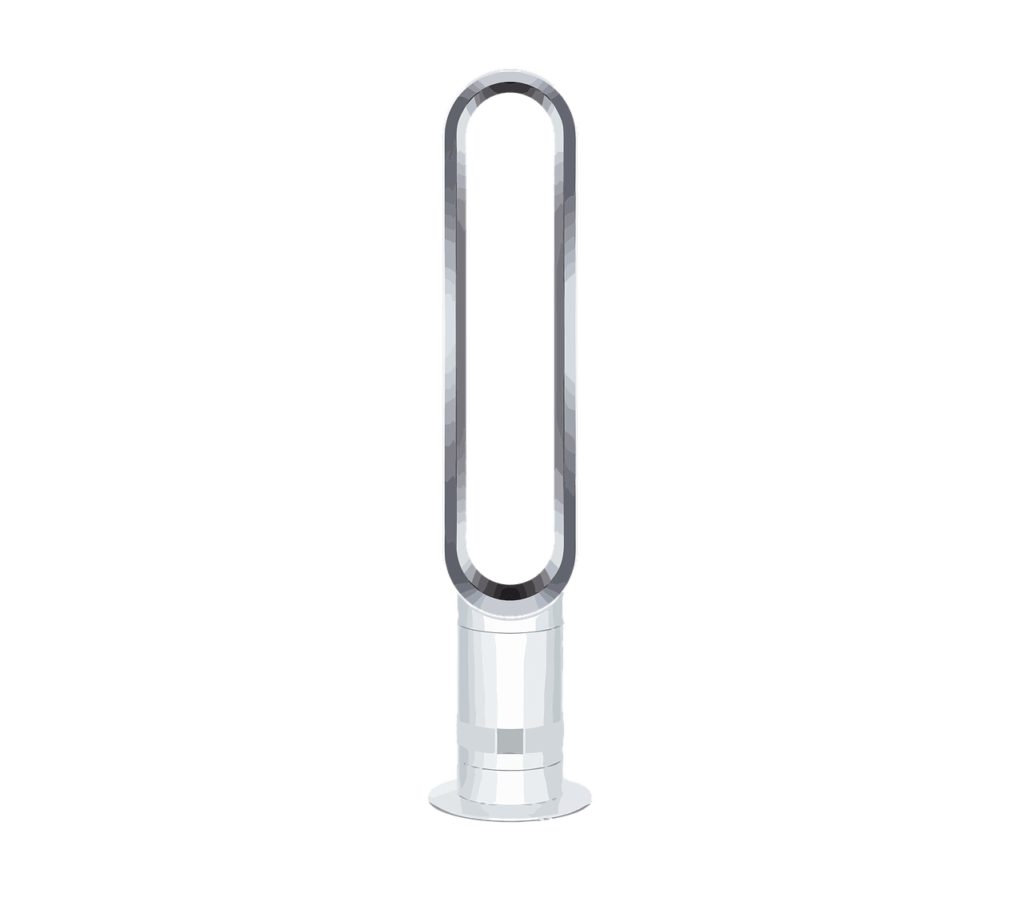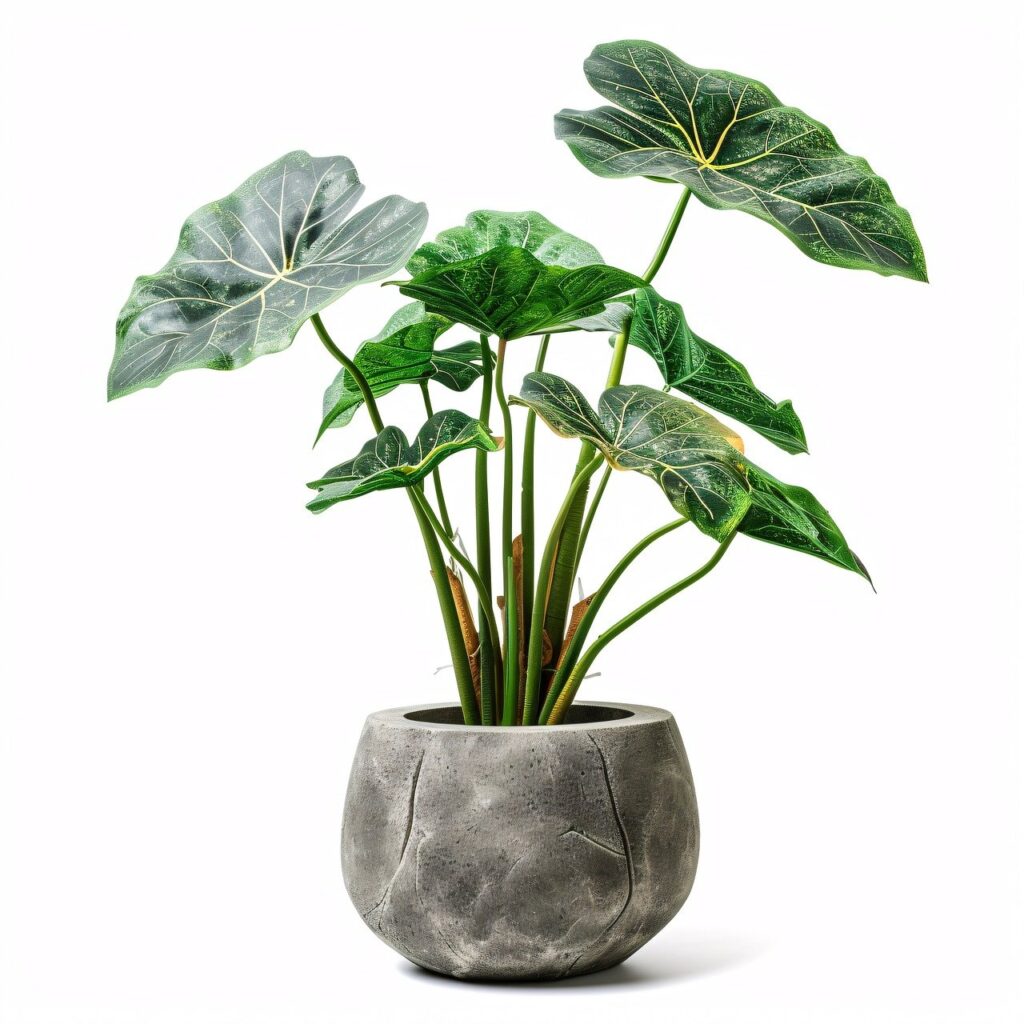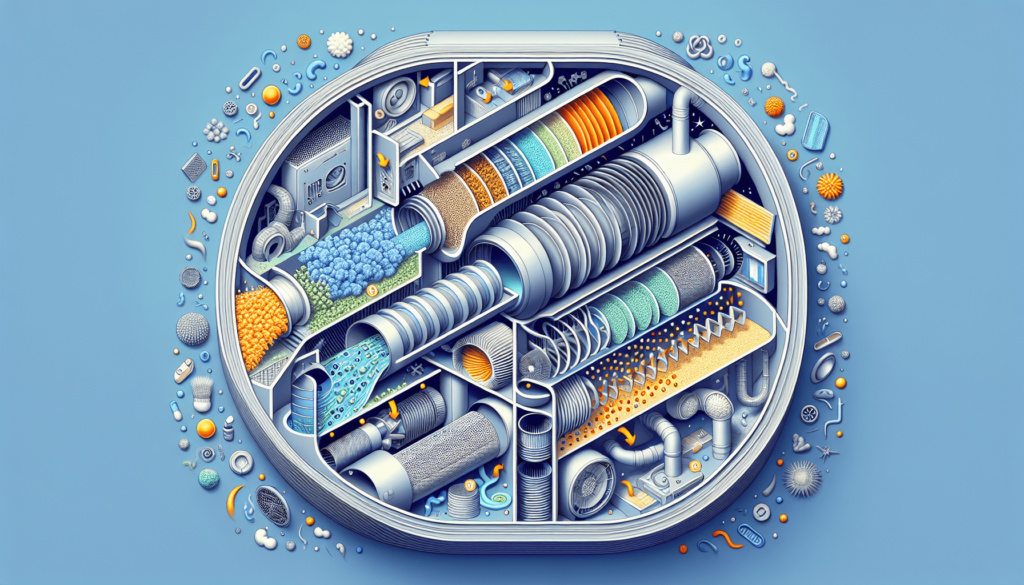Are you curious about how air purifiers work? If so, you have come to the right place! In this article, we will explore the fascinating world of air purifiers and uncover the secrets behind their functionality. From trapping allergens to neutralizing odors, air purifiers are designed to improve the quality of the air we breathe. So, let’s take a deep breath and embark on a journey to discover the inner workings of these incredible devices.
Pre-filtration
Capturing large particles
One of the primary functions of an air purifier is to capture large particles that are present in the air. This is achieved through a pre-filtration system that acts as the first line of defense. The pre-filter is designed to catch larger particles such as dust, lint, pet hair, and pollen. By capturing these particles, the purifier prevents them from circulating in the air and ultimately reaching your respiratory system. This initial filtration process helps improve the overall air quality in your surroundings.
Trapping dust and hair
In addition to capturing large particles, the pre-filter of an air purifier is also effective at trapping dust and hair. Dust particles are a common allergen found in indoor environments and can trigger allergies and respiratory issues. The pre-filter, with its specialized design, is able to efficiently trap these particles, preventing them from invading your living space. The same applies to hair, whether it’s from pets or humans. With an effective pre-filtration system, you can breathe easier knowing that these irritants are being removed from the air.
Activated Carbon Filtration
Removing odors and gases
Activated carbon filtration is a crucial component of air purifiers when it comes to eliminating odors and gases. The activated carbon in the filter is highly porous and has a large surface area, which allows it to effectively adsorb various particles and gases. As air passes through the filter, the carbon attracts and traps odorous particles, such as smoke, cooking smells, and pet odor. By doing so, it helps to freshen up the air in your space and create a more pleasant living environment.
Adsorbing chemicals and VOCs
Volatile Organic Compounds (VOCs) are chemicals that can be found in common household products, such as cleaning agents, paints, and furniture. They can be released into the air and contribute to poor indoor air quality. The activated carbon filter in an air purifier plays a crucial role in adsorbing these chemicals and VOCs, effectively reducing their concentration in the air. This is particularly important for individuals with sensitivities or allergies, as exposure to high levels of VOCs can lead to adverse health effects.

High-Efficiency Particulate Air (HEPA) Filtration
Capturing tiny particles
One of the most effective filtration methods used by air purifiers is High-Efficiency Particulate Air (HEPA) filtration. HEPA filters are capable of capturing tiny particles as small as 0.3 microns with a high efficiency rate of 99.97%. This means that airborne contaminants such as dust mites, pollen, pet dander, and even some bacteria and viruses can be effectively filtered out by a HEPA filter. The ability to remove such small particles is especially beneficial for individuals with allergies or asthma, as it helps create a healthier indoor environment.
Filtering out allergens and pollutants
HEPA filtration is particularly effective at filtering out allergens and pollutants that can cause respiratory issues and trigger allergies. Common allergens such as pollen, dust mites, and pet dander can be reduced significantly with the use of an air purifier equipped with a HEPA filter. This is wonderful news for those who suffer from allergies, as it allows them to breathe cleaner and fresher air without the constant worry of allergen exposure. Additionally, HEPA filters are also capable of capturing pollutants such as mold spores, smoke particles, and certain volatile compounds, further improving indoor air quality.
Ionization
Releasing negatively charged ions
Ionization is a purification method employed by some air purifiers to enhance the removal of airborne particles. These purifiers release negatively charged ions into the air, which attach themselves to dust, pollen, and other particles, causing them to become negatively charged as well. This process neutralizes the particles’ ability to remain airborne and causes them to clump together, making them easier to capture by filters or fall to the ground. Ionization can be beneficial for individuals seeking additional air purification, especially in spaces with high levels of floating particles.
Attracting positively charged particles
Negatively charged ions released by air purifiers not only neutralize airborne particles but also attract positively charged particles. These positively charged particles may include smoke, bacteria, and other small pollutants that are too small to be captured by conventional filters. By attracting these particles, the air purifier can reduce their concentration in the air and contribute to cleaner and healthier indoor air quality. Ionization is often combined with other filtration methods in air purifiers to provide comprehensive purification.
Ultraviolet Germicidal Irradiation (UVGI)
Eliminating bacteria and viruses
Ultraviolet Germicidal Irradiation (UVGI) is a technology used in air purifiers to eliminate bacteria and viruses. UV-C light, a specific wavelength of ultraviolet light, is emitted by the purifier and targets microorganisms in the air. When exposed to UV-C light, the DNA of bacteria, viruses, and other microorganisms is damaged, rendering them unable to reproduce and causing their eventual demise. By incorporating UVGI technology into the air purification process, you can rest assured that harmful bacteria and viruses in your surroundings are actively being neutralized.
Inactivating mold and fungi
In addition to its effectiveness against bacteria and viruses, UVGI technology is also capable of inactivating mold and fungi. Mold spores and fungal particles are a common concern for many individuals, as exposure to these organisms can lead to respiratory issues and allergies. When air passes through the UVGI system of an air purifier, the emitted UV-C light disrupts the DNA of mold spores and fungi, preventing them from reproducing and spreading. By incorporating UVGI technology into your air purification system, you can create a healthier indoor environment by reducing the presence of these potentially harmful microorganisms.
Ozone Generation
Producing ozone molecules
Ozone generation is a feature found in select air purifiers and involves the production of ozone molecules. Unlike other filtration methods that primarily aim to capture and eliminate particles, ozone generation focuses on neutralizing odors and chemical fumes in the air. Ozone is a powerful oxidizing agent that, when released into the air, reacts with odorous molecules and breaks them down, effectively eliminating unpleasant smells. This can be particularly beneficial in spaces where odors are persistent, such as kitchens or areas with heavy tobacco smoke.
Neutralizing odors and chemical fumes
The ability of ozone molecules to react with odorous molecules extends beyond just removing unpleasant smells. Ozone can also neutralize chemical fumes and volatile organic compounds (VOCs) that may be present in the air. By breaking down these chemical compounds, an air purifier with ozone generation can contribute to a cleaner and fresher indoor environment. However, it is important to note that ozone generators should be used with caution and according to the manufacturer’s instructions, as high levels of ozone can be harmful to human health. Always ensure proper ventilation and avoid excessive ozone exposure.

Air Circulation
Drawing air into the purifier
Air circulation is a critical process in any air purifier, as it facilitates the movement of air through the purification system. The purifier is designed to draw air from its surroundings and channel it through the various filtration stages. This is typically achieved with the help of a fan or motor that creates a suction force, pulling air into the purifier. By continuously drawing air into the purifier, it ensures that a constant flow of air is being filtered, improving the overall air quality in the room.
Releasing clean air back into the room
Once the air has gone through the filtration process, the purified air is released back into the room. This is done through the outlet or vents of the air purifier. The clean air is distributed back into the space, helping to maintain a healthy and pollutant-free environment. Proper air circulation is essential for achieving optimal purification results, as it ensures that all corners of the room are reached and that the purified air is evenly distributed throughout the space.
Adjustable Fan Speed
Controlling airflow rate
Air purifiers often come with adjustable fan speed settings, allowing you to control the airflow rate. Depending on your specific needs or the level of pollutants present in your environment, you can customize the speed at which the air purifier operates. Higher fan speeds typically result in a higher airflow rate, which means a greater volume of air is being filtered per unit of time. On the other hand, lower fan speeds are generally quieter and consume less energy. Being able to adjust the fan speed gives you the flexibility to find the right balance between purification effectiveness and your personal preferences.
Customizing purification intensity
In addition to controlling the airflow rate, adjusting the fan speed also allows you to customize the purification intensity. By increasing the fan speed, you can enhance the rate at which particles are captured and filtered, making the air purifier more effective in removing contaminants. This can be particularly useful during periods of increased allergens or when dealing with specific air quality concerns. Similarly, lowering the fan speed may be preferable during quieter moments or when the room is occupied by sensitive individuals who require a gentler airflow.

Air Quality Sensors
Detecting pollutant levels
Many modern air purifiers are equipped with air quality sensors that detect pollutant levels in the surrounding environment. These sensors continuously monitor the air for various contaminants, such as particulate matter, VOCs, and odors. Based on the readings obtained, the air purifier is able to determine the overall air quality and adapt its settings accordingly. This automation ensures that the purification process is optimized for the specific conditions in the room, providing you with cleaner air without the need for constant manual adjustments.
Automatically adjusting settings
Once the air quality sensors detect high pollutant levels, the air purifier automatically adjusts its settings to address the issue. This can include increasing the fan speed, activating specific filtration stages, or intensifying the purification process. By taking the guesswork out of air quality management, these intelligent air purifiers provide convenience and peace of mind. You can trust that your air purifier is actively responding to changes in pollutant levels and working to maintain a healthier indoor environment for you and your loved ones.
Filter Replacement and Maintenance
Changing filters periodically
Regular filter replacement is an essential part of air purifier maintenance. Over time, the filters in the purifier become saturated with captured particles, reducing their effectiveness. It is important to follow the manufacturer’s guidelines and replace the filters at the recommended intervals. This ensures that the air purifier continues to operate at its optimal efficiency, providing you with clean and purified air. By changing the filters periodically, you can prolong the lifespan of your air purifier and maintain its performance.
Cleaning or replacing pre-filters
In addition to main filters, air purifiers often come with pre-filters that capture larger particles. Pre-filters are typically washable and reusable, making maintenance relatively easy. Regularly cleaning the pre-filter prevents the build-up of large particles and helps prolong the lifespan of the main filters. However, pre-filters may also deteriorate over time, especially if they are not washable or subjected to heavy use. In such cases, it is important to replace the pre-filter according to the manufacturer’s instructions. Proper maintenance of both the pre-filters and main filters ensures that your air purifier continues to provide optimal air purification.
